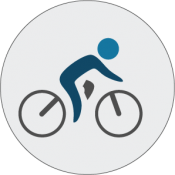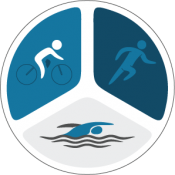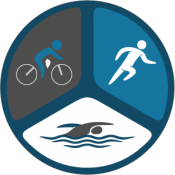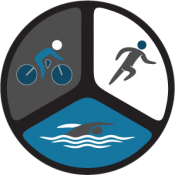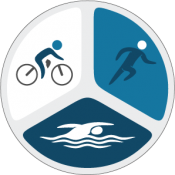Find the Right Training Plan for You!
Train smart with a cycling, triathlon or running plan by Joe Friel, best-selling author and internationally recognized endurance coach. All plans are provided through TrainingPeaks and can be accessed anywhere with the TrainingPeaks mobile and desktop apps. Before purchasing a plan, you can view a sample week and see how the workouts typically stack in a week. If a plan is not working for you within the first 2 weeks, you can switch to a plan of equal value or receive a full refund.
Plans are organized by sport categories: Cycling, Long-Distance Triathlon, Half-Distance Triathlon, Olympic Triathlon, Sprint Triathlon, and Marathon.
When searching for the best plan for you, assess your goals and where you are in your season. I am confident there is a perfect plan for you based on your level (beginner, intermediate or advanced), your age (under 50 or over 50), how many hours per week you can train, what training period you are in (base, build/peak, or recovery), and what kind of device you are using (heart rate or power meter).
